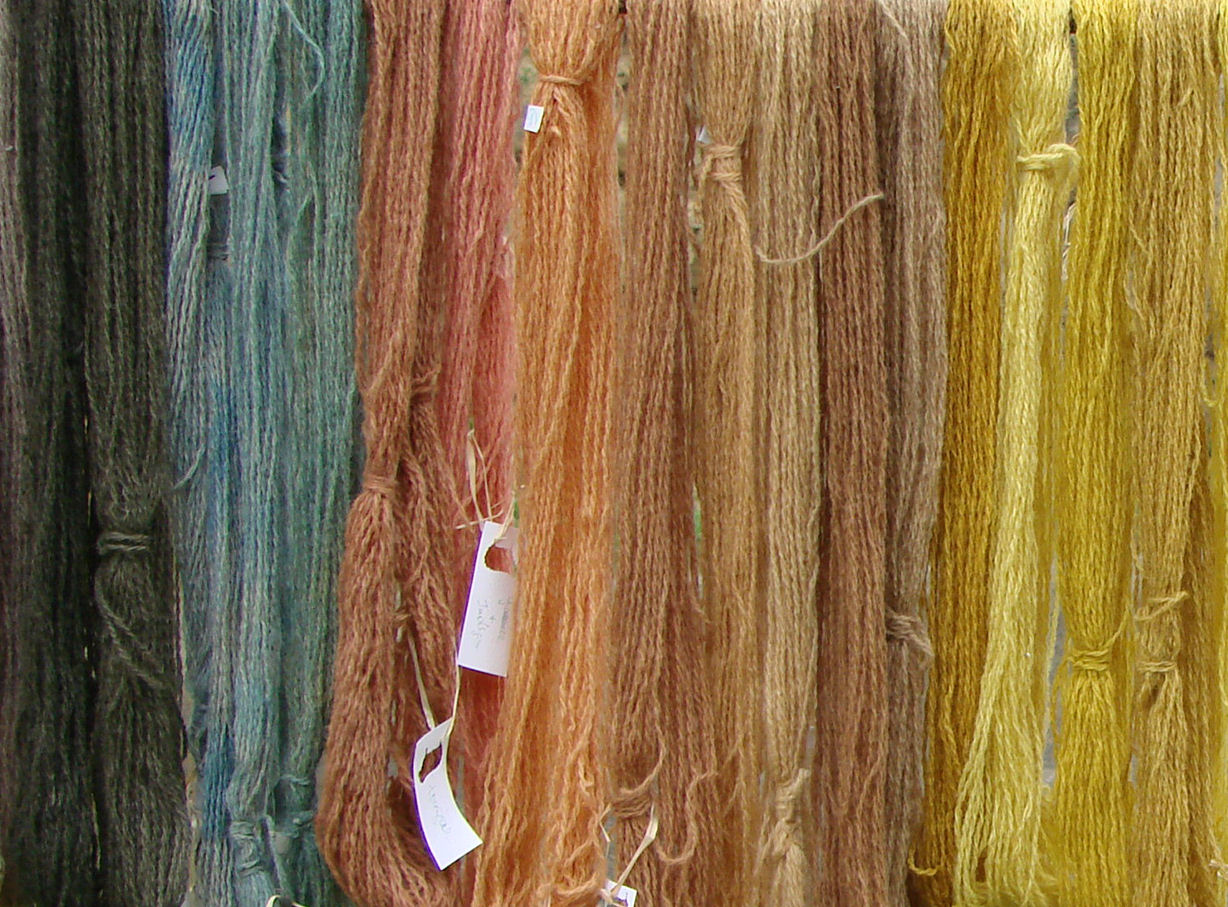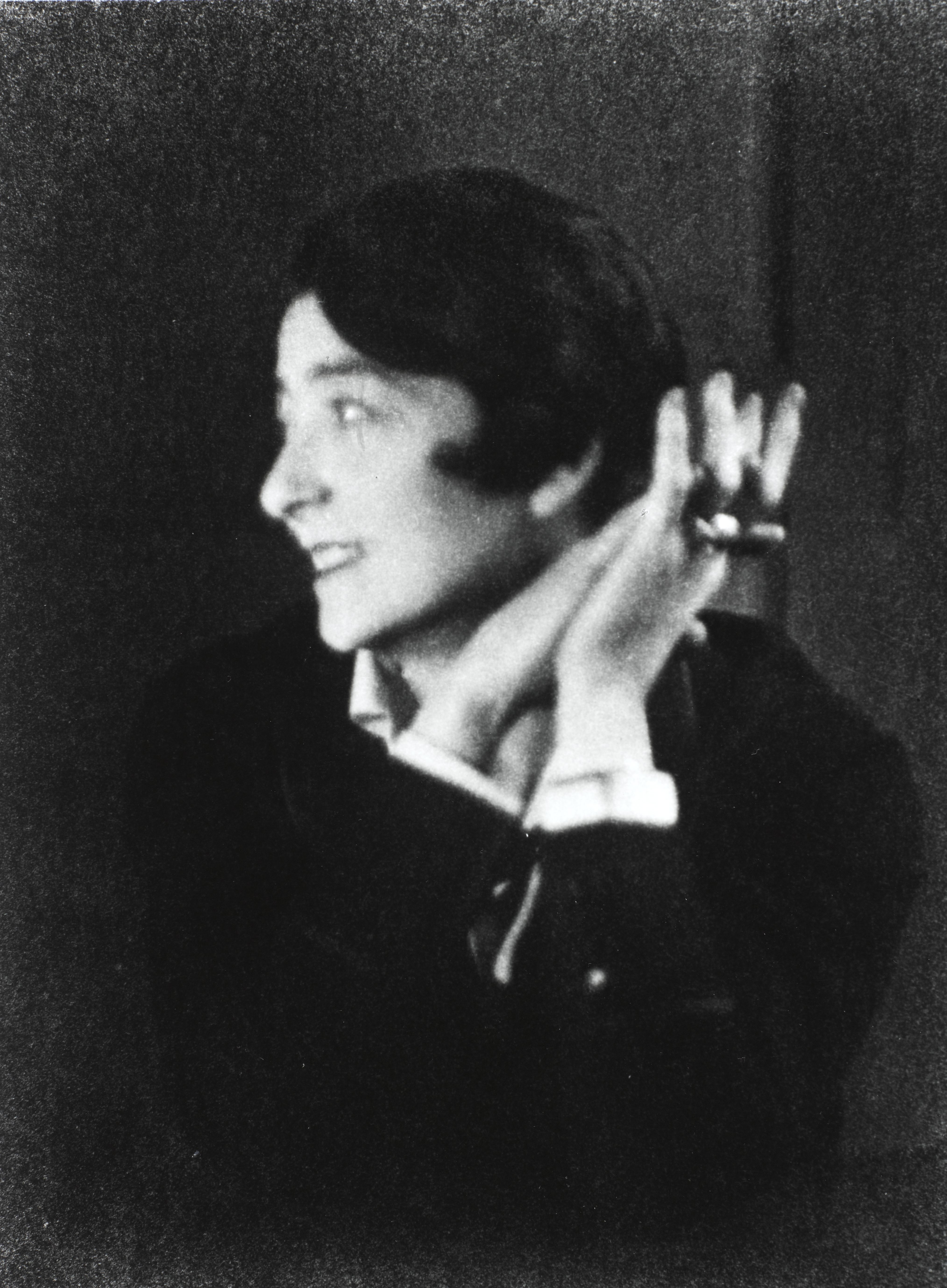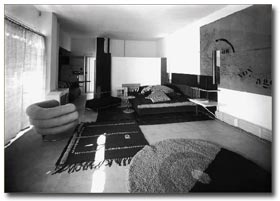I visited The National Folklore Collection (NFC) yesterday and was privileged to view the contents of a beautiful wooden box. The box contained wool samples. Each sample of wool had been dyed naturally. The name on the presentation boards is Evelyn Lyndsay. Staff at the NFC said they thought Lillias Mitchell had bequeathed the box who, they thought, was her niece. I should go back and look at all the records for accurate information.
Mordants
- Alum
- Chrome
- Iron
- Tin
- Cream of Tartar - tartaric acid
- Oxalic acid
- Soda - bicarbonate of soda
- Vinegar - weak acetic acid
- Ammonia
Non-poisonous plants needing no mordant
(To use with young children)
- ash twigs
- beetroot
- blackberries
- horsechestnuts
- onion skins
- pine cones
- red cabbage leaves
- tea leaves
Suggested books
A Dyer's Manual Jill Goodwin
Dyes from the Kitchen Green / Ashburner
The Use of Vegetable Dyes Thurston
A Modern Herbal Mrs Greene
Wild Flowers in Colour Penguin
Tree Recognition John Kilbracken
The Observer's Book of Lichens K Alvin
Spinning and Dyeing Dalby / Christmas
Interesting colours
The numbers are the referrencing system used on the display board, I type them here for ease of finding them again next time I'm in and to keep my notes all together.
12h - Blackberry - root - oxalic acid
13a - Black Crottle - Parrnelia omphalodes - lichen [lovely deep brown]
15b&c - Bracken - fronds - b:chrome; c: alum + iron
26c - Leavers - Galium aparine - roots
65a - Lady's bedstraws - Galium vernum - roots - alum
87c - Red Cabbage - leaves - chrome [blue colour]
109d - Weld -Reseda luteola - whole plant - alum + iron
No Mordant:
Without doubt, the deeper coloured yarns are from dyes which use another substance ("mordant") as well as the plant substance; I suppose I only discovered this when I compiled this list and looked at the colours.
1a - Apple - Pyrus malus - bark
2a - Ash - Fraxinus excelsior - bark
8a - Barberry - Berberis spp. - inner bark
9a - Beetroot - Beta vulgaris - root [yellow]
12c - Blackberry - Rubus fruiticosus - frozen fruit [brown]
13a - Black Crottle - Parrnelia omphalodes - lichen [lovely deep brown]
16a - Buddleia globosa - flowers
27a - Coffee - Coffea arabica - grounds
30a - Crottle - Parmelia Saxatilis - lichen
44a - Flowering Crab Apple - Malus - bark
58a - Horsechestnut - Aesculus hippocastanum - nuts
71a - Mahonia Japonica - inner bark
76a - Onion - Allium cepa spp. - skins
87a - Red Cabbage - Brassica oleracea - leaves [blue]
92a - Rhubarb - Rheum rhaponticum -leaves
92f - Rhubarb - Rheum rhaponticum - root
99a - Sea Ivory
103a - Tea
110a - Wild Iris
114d - Yew - wood chip
115a - Coal - ash
115d - Coal - dust
116a - Soot
147a - Rose - Rosa spp. - roots
159a - Waterlily - roots
164a - Eucalyptus - root





















